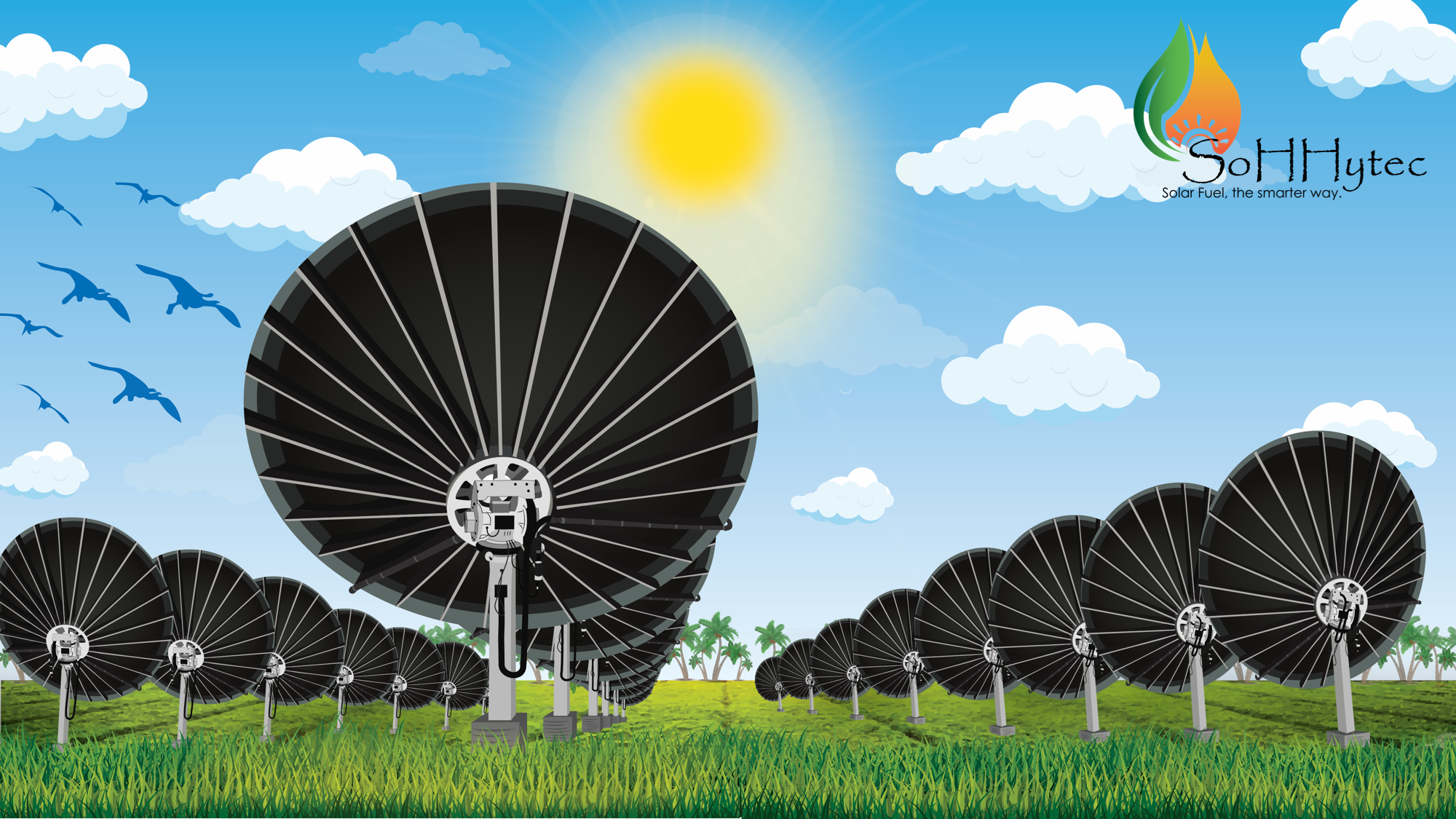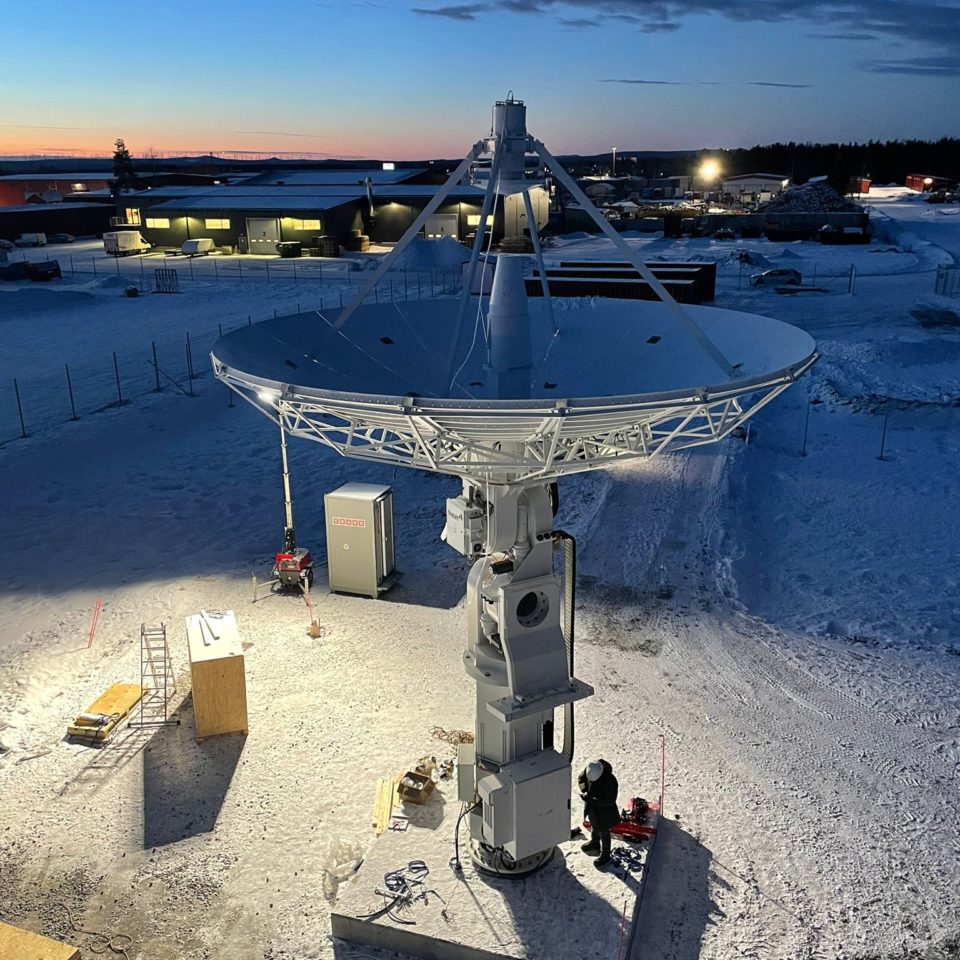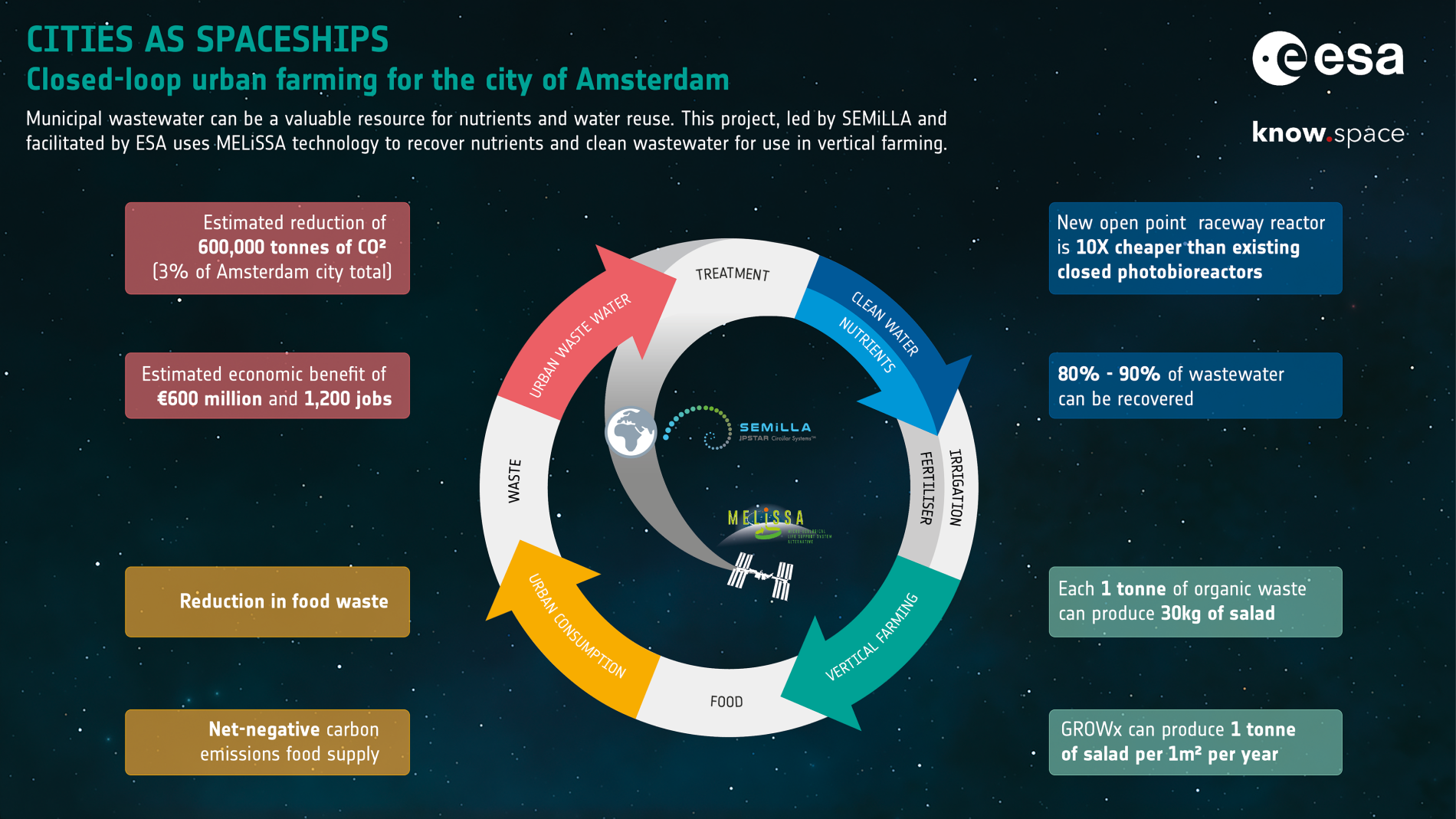Today there is an intense discussion about climate change and the high level of CO2 in the Earth’s atmosphere. Greenhouse gas emissions must be reduced but more and more CO2 is emitted via combustion of fossil fuels to power vehicles and to generate electricity for industry and households. Ecological renewable energy sources which are supposed to drive energy transition forward face three major challenges: sustainable energy production, efficient energy transmission and efficient energy storage.
The Austrian start-up HydroSolid GmbH addresses these challenges by developing innovative technologies to generate and store sustainable energy based on hydrogen.

Figure 1: Team HydroSolid with its prototype Hydrogen Storage System “HIVE One”
HydroSolid uses advanced space technology to optimize the storage of hydrogen in significantly less volume, setting new standards for safe hydrogen applications. The company’s patented nanotechnology enables much higher storage capacities than any conventional energy storage system, with a clear focus on environmentally friendly and cost-effective development and production.
HydroSolid’s participation in the ESA Business Incubation Centre (ESA BIC) in Austria run by Science Park Graz enables the company to develop a sound business case and improve its own technology. It paves the way for the start-up to gain ground in the space and aeronautics industry. “HydroSolid’s innovative storage system is a powerful example of a space-enabled product addressing Earth’s critical needs, which is the ultimate purpose of our mission” says Martin Mössler, General Manager of ESA BIC Austria.
The system of HydroSolid is based on a novel nanocomposite that can store hydrogen in a particularly efficient way and represents a real change for hydrogen storage. The company’s highly developed, patented nanomaterial binds hydrogen at the atomic level. Here, hydrogen storage can be managed in a targeted and controlled manner. The material absorbs hydrogen at room temperature and releases it again when slightly heated – all this at a low pressure of 15 bar. In this way, HydroSolid surpasses the state of the art in terms of storage capacity by around 250% without having to deal with the disadvantages of high-pressure tanks.
Lukas Renz (HydroSolid) says: “We believe that green hydrogen will become a major asset in the challenge of climate change. Our technology can store renewable energy in a sustainable, safe and efficient manner. We are working on a storage system that can compete with liquid hydrogen in terms of gravimetric energy density. With our ambition to be a game changer in the hydrogen industry our objective is to develop hydrogen technology on the highest technical level with the ability to contribute to the decarbonisation.”
HydroSolid plans to use the adapted miniaturised Mössbauer spectrometer MIMOS II in the project to analyse the synthesised material. Furthermore, MIMOS II will be used to breakdown the formation of metal hydride intermediates during absorption and desorption of hydrogen and to identify the mechanism of stepwise formation and decomposition of the nanoporous compounds. Based on the results of the MIMOS II analysis, HydroSolid will be able to modify the carrier material in such a way that it exhibits the best kinetic properties in order to optimise the hydrogen storage process.

Figure 2: MIMOS-II applied on hands, on NASA MER on Mars, on Beagle (ESA Mars Express) on Mars and APXS on Philae (ESA Rosetta Mission).
MIMOS II, built at the University of Mainz under the heading of Dr. Göstar Klingelhöfer, has been very successful in the Mars Exploration Rover Mission 2003 (MER). Currently the further development of MIMOS II is taking place at Leibniz Universität Hannover, under the leadership of Prof. Dr. Franz Renz. “MIMOS II enables the optimisation of the hydrogen storage material in a way it would not be possible without using this Space Technology” says Dr. Susanne Katzler-Fuchs, CEO of Brimatech and responsible for ESA Technology Transfer Austria.
ESA Technology Broker Austria is managed by Brimatech Services in collaboration with Science Park Graz under ESA Space Solutions Austria. It is funded by ESA Space Solutions and the Austrian Research Promotion Agency.









